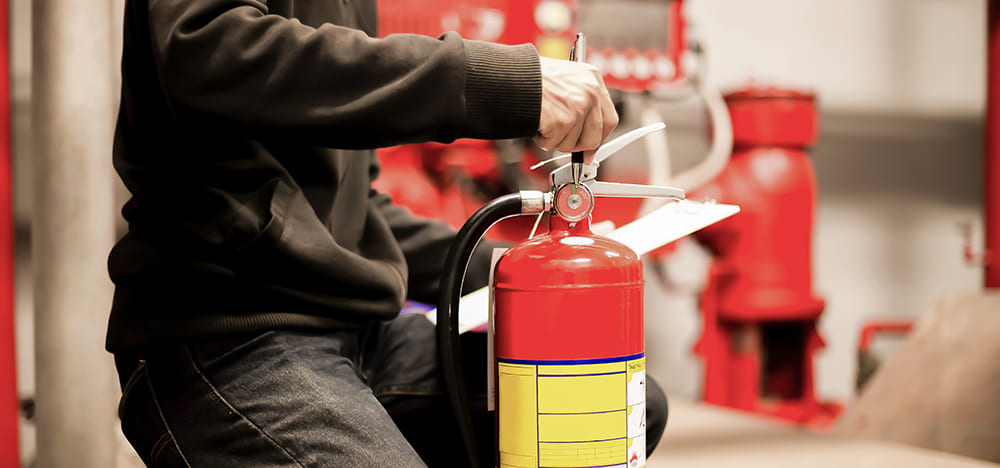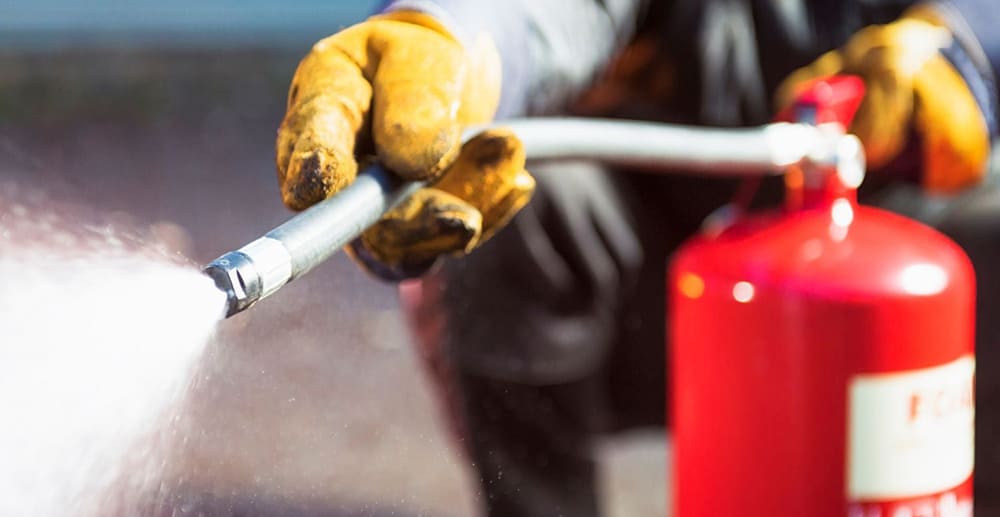Fire Extinguisher Maintenance and Inspection

Fire extinguishers are essential safety devices that require regular maintenance and inspection to ensure their effectiveness in times of need. Proper maintenance and inspection help identify any issues or deficiencies, allowing for timely repairs or replacements. This article focuses on the importance of fire extinguisher maintenance and inspection and outlines key steps to ensure their reliability.
Why Fire Extinguisher Maintenance Matters:
Regular maintenance of fire extinguishers is crucial for several reasons. First and foremost, it ensures that the extinguishers are in proper working condition and ready to be used in case of a fire emergency. Without regular maintenance, there is a risk of malfunctioning equipment, such as clogged nozzles or expired contents, rendering the fire extinguisher ineffective when it is needed the most.
Secondly, maintenance extends the lifespan of fire extinguishers. By conducting routine inspections and addressing any issues promptly, you can prevent premature deterioration and maximize the usability of the extinguishers. This not only saves costs in the long run but also provides peace of mind, knowing that your fire safety equipment is reliable and well-maintained.
Steps for Fire Extinguisher Maintenance and Inspection:
1、Visual Inspection:
Regular visual inspections are crucial to identify any visible signs of damage or tampering. Inspect the extinguisher's exterior for dents, corrosion, or leakage. Check the pressure gauge to ensure it indicates the proper pressure level. Verify that the safety pin is intact and the tamper seal is unbroken.
2、Examine the Service Date:
Look for the service date or inspection tag on the fire extinguisher. It indicates when the extinguisher was last inspected and serviced. Ensure that the inspection is up to date and that the extinguisher is within its recommended service life.
3、Verify Accessibility and Location:
Check that the fire extinguisher is easily accessible and located in its designated area. Ensure it is not blocked by obstacles and that it is readily visible and reachable during an emergency.

4、Check the Operating Instructions:
Review the operating instructions on the extinguisher's label. Ensure that the instructions and signage are clear and legible. Familiarize yourself with the proper usage techniques to ensure effective deployment during a fire incident.
5、Pressure Testing and Recharging:
Fire extinguishers often require periodic pressure testing and recharging. Follow the manufacturer's guidelines and regulatory requirements for timing and procedures. Engage a licensed professional to perform pressure tests and recharge the extinguishers as necessary.
6、Training and Education:
Provide training and education on fire extinguisher usage and maintenance to household members or employees. Ensure everyone understands the importance of regular inspections, knows how to use the extinguisher correctly, and is aware of the associated safety protocols.
Conclusion:
Fire extinguisher maintenance and inspection are critical aspects of fire safety in any setting. By prioritizing regular maintenance, you can ensure the reliability and effectiveness of your fire extinguishers when faced with a fire emergency. Remember to conduct visual inspections, verify service dates, ensure accessibility, and engage professionals for pressure testing and recharging. Through these proactive measures, you can enhance the safety of your environment and protect lives and property effectively.










